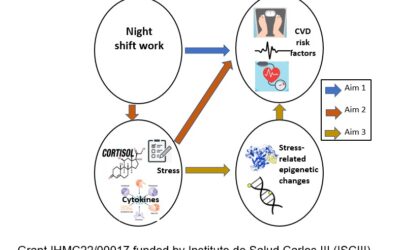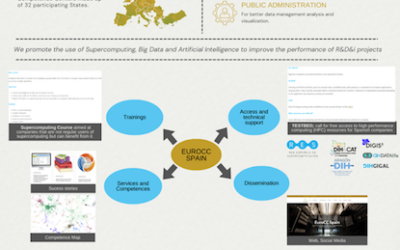Nom i cognoms / Name and surname
Agustín Mihi
Afiliació / Affiliation
Institut de Ciència de Materials de Barcelona ICMAB-CSIC
Programa de finançament europeu en que s’enmarca aquest projecte? / European funding programme in which this project is being carried out?
EU support (FP7, H2020, etc.) other than MSCA
Títol del projecte / Project title
Photonic Electrodes for Enhanced Light Matter Interaction in Optoelectronic Devices
Número del projecte / Project number
ERC STG 637116
Breu explicació del projecte / Brief explanation of your project
Photonic and plasmonic architectures can concentrate the incoming light through resonances, increase the light optical path by strong diffraction and exhibit many other interesting optical phenomena that cannot be achieved with traditional lenses and mirrors. The use of these structures within actual devices can lead to enhanced light absorption in solar cells and photodetectors or even more efficient sensors and light emitters. Emerging optoelectronic devices rely on large area and low cost fabrication routes to cut manufacturing costs and increase the production throughput, contrarily to the techniques used for the fabrication of current photonic nanostructures. In ENLIGHTMENT, we employ the technique of soft nanoimprinting lithography, where a soft elastomeric pre-patterned stamp is used to nanostructure unconventional materials such as conductive polymers, cellulose or metal colloids or perovskite nanocrystals. The resulting photonic architectures combine the photonic properties of the pattern with those of the original material resulting in a new generation of inexpensive photonic components such as biodegradable photonic films, highly efficient SERS platforms for sensing, improved efficiency solar cells and more.
Radon gas is the main source of natural radiation exposure to the public and its environmental distribution must be known. It is emitted almost evenly from ice-free land allowing its use as a tracker for quantifying and pin-pointing the sources of greenhouse gas (GHG) emissions using the Radon Tracer Method (RTM). Improved quantification measurements are required to locate Radon Priority Areas (RPA) and for validating GHG emission models.
The project will develop traceable measurements for low-level atmospheric radon along with a reference-standard radon monitor, with results validated using long-term, field-based inter-comparisons. For the first time, a standard methodology for the RTM will be developed together with a validated, high-resolution radon flux map. RPAs will also be identified which has never been attempted before due to a lack of quality data. The results will support radiation protection measures and GHG emission models, leading to increased safety and a better identification of the sources of damaging pollutants.
Enllaç a la pàgina web del projecte / Link to your project website
https://enlightment.icmab.es/
Repte en que s’emmarca aquest projecte / Challenge within the framework of this project
3. Secure, clean and efficient energy
















